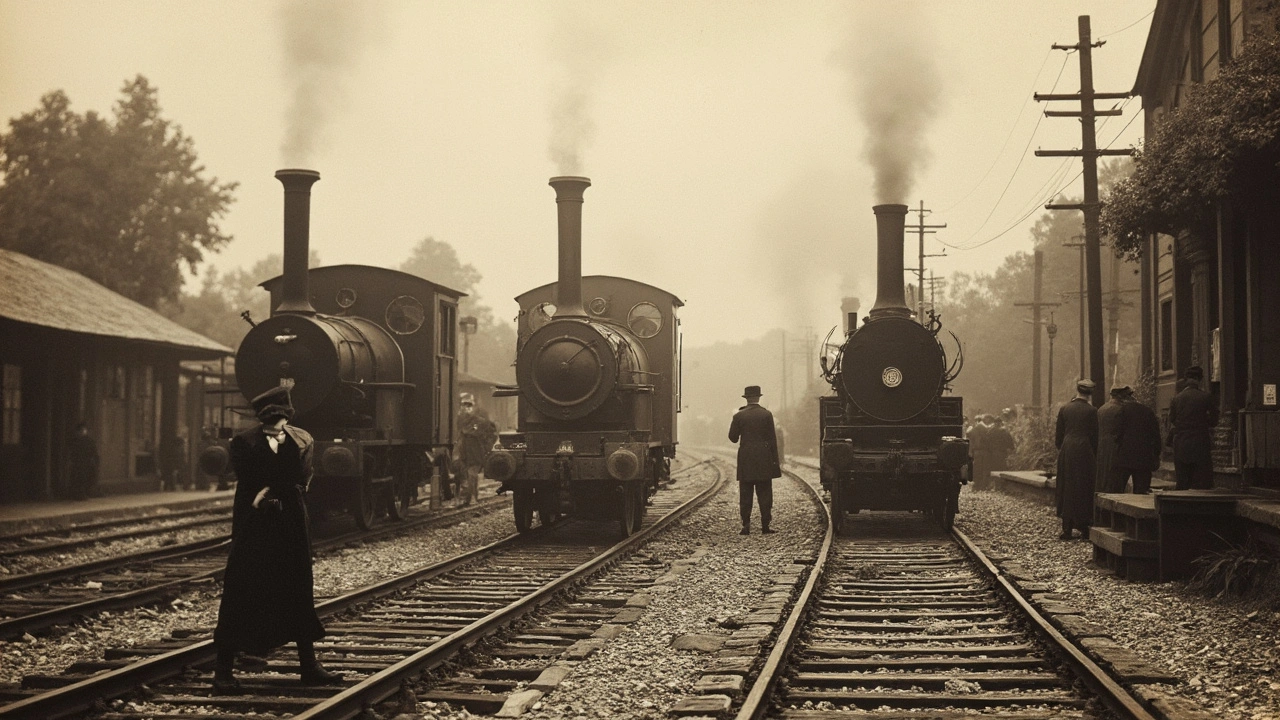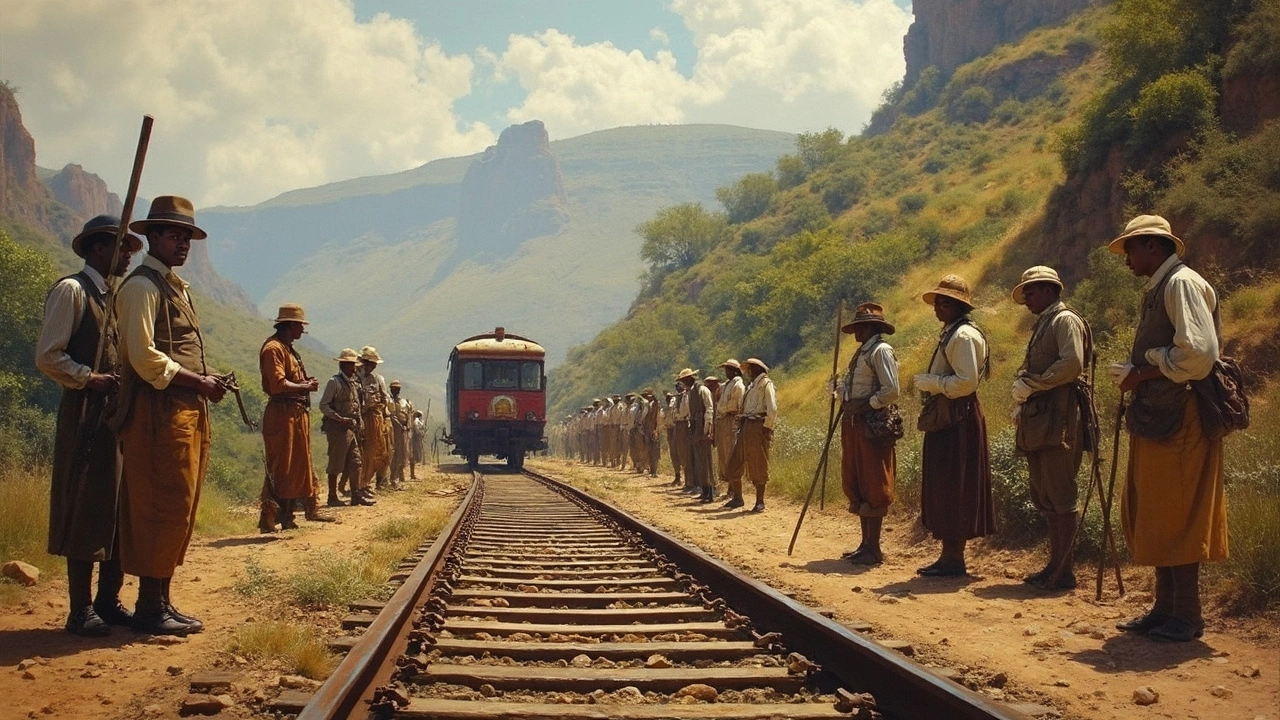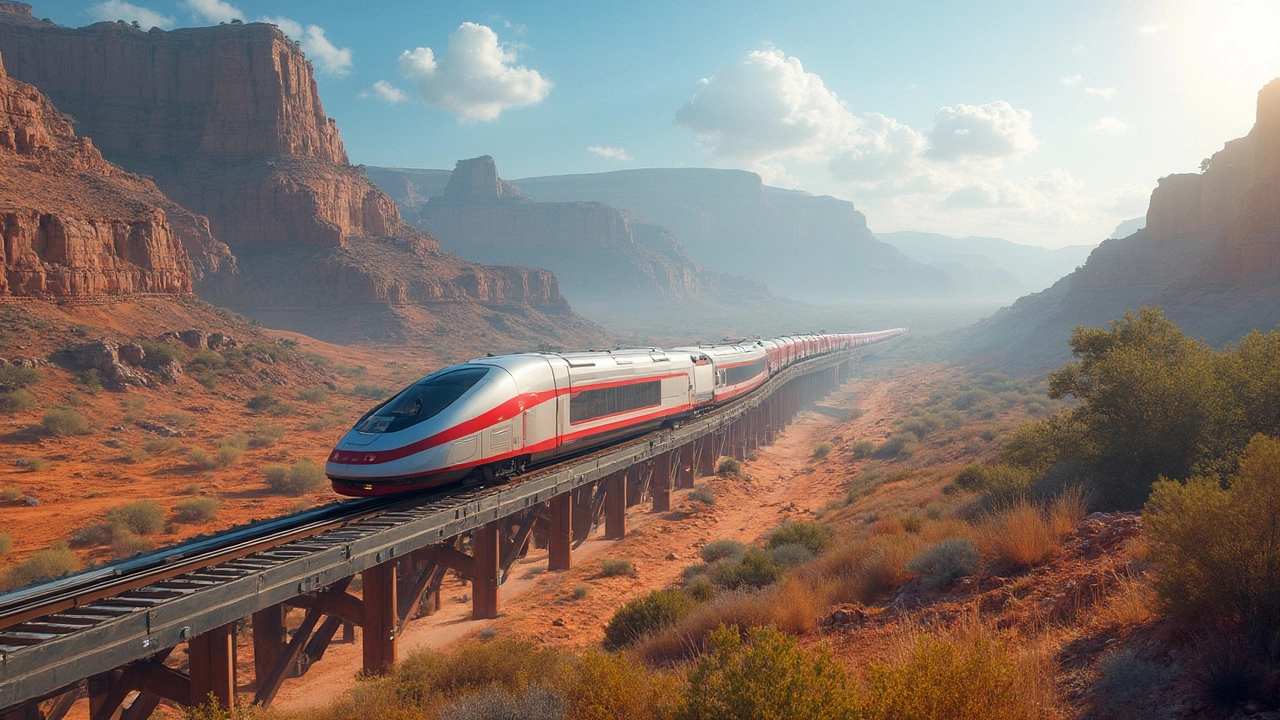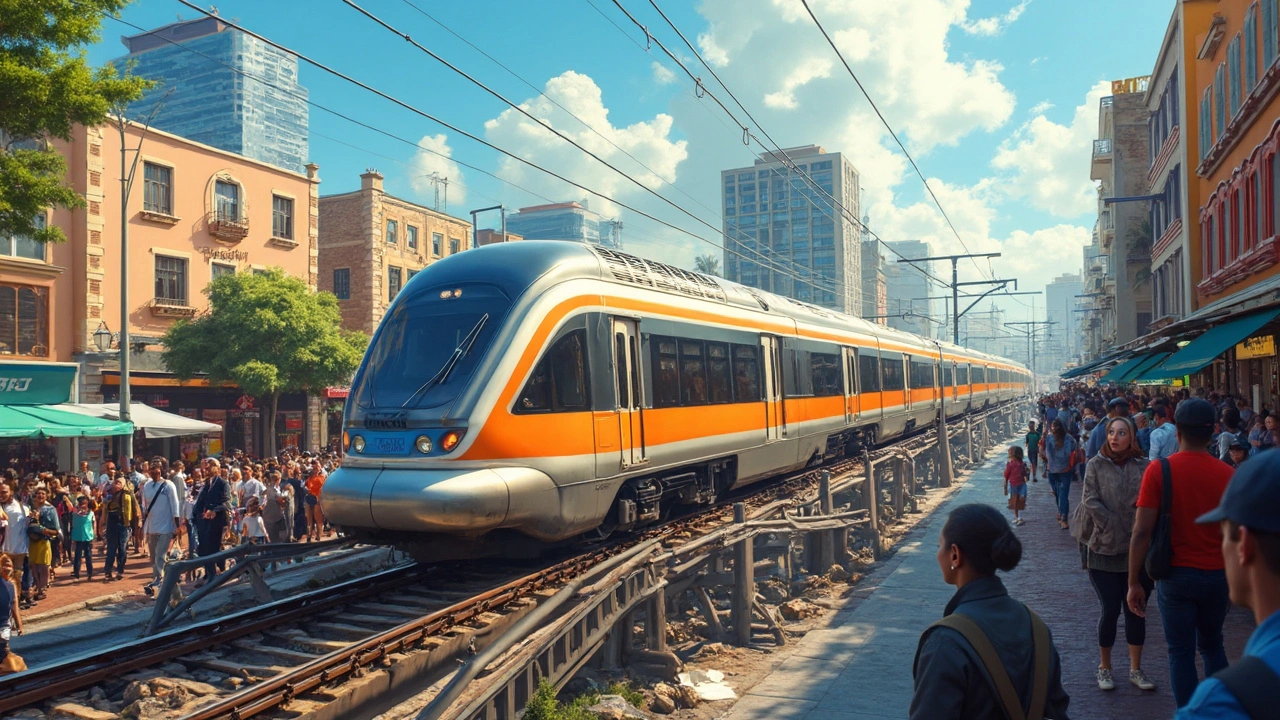Transport Updates and Railway Innovations in Africa
Looking at transport in Africa today, you’ll find a mix of urgent challenges and exciting innovations shaping how people and goods move around. Take Lagos, Nigeria: fake traffic officers have been targeting drivers for a while, but local authorities are cracking down hard. If you drive there, it pays to stay alert and report anything suspicious to keep roads safer for everyone.
Now, when it comes to railways, things get even more interesting. Ladder track systems, which originally started in 19th-century British railways, are enjoying a revival. What’s so cool about ladder tracks? They use a unique structure with long supports connected by crossbeams to hold rails firmly, reducing vibrations and maintenance needs. That means smoother rides and less hassle over time.
Why Ladder Track Matters for Africa's Railways
Modern ladder tracks like Tubular Modular Track are practical for places with tricky environments—think wet or desert regions—which you’ll find in different parts of Africa. They keep rails stable and reduce pressure on the roadbed, so the tracks last longer. For busy urban projects such as South Africa’s Gautrain, this can mean better service and fewer disruptions.
Also, ladder tracks can lower noise and vibrations, something travelers really appreciate. This boosts comfort and cuts down wear on trains and rails alike. Innovations by organizations like Japan’s Railway Technical Research Institute (RTRI) have sharpened these designs further, making ladder track technology even more reliable and easier to maintain.
Spotting Real Traffic Officers in Lagos
Back on the road, Lagos is serious about fixing traffic enforcement. Fake officers have caused loads of trouble by extorting motorists. Thanks to recent arrests and stronger patrols in neighborhoods like Mushin and Ikeja, things are looking up. Drivers should watch out for official badges and uniforms and report any scams. It’s a practical reminder that staying safe on Africa’s roads takes teamwork between citizens and authorities.
Whether by rail or road, Africa's transport scene is moving forward. Keeping up with these developments helps you stay safe, travel smarter, and understand how new tech can make daily life better. Tubular Track News is here to bring you clear, up-to-date stories about transport innovations and issues right from the heart of the continent.
Lagos State is stepping up its fight against fake traffic officers who have been targeting drivers for extortion. With recent arrests in Mushin, Itire, and Ikeja, officials are cracking down and urging residents to be alert and report suspicious activity to the authorities.
Ladder track is a railway track design that uses longitudinal supports connected by transverse beams to keep the rails correctly spaced. Originating in early British railways, it was largely replaced by sleeper tracks by 1860 due to certain limitations. Today, ladder tracks are experiencing a revival thanks to modern advancements that increase stability, lower noise, and reduce maintenance, particularly in specialized areas like mining and urban transit systems.
Ladder track is a railway track system using longitudinal supports with transverse connectors. Originally embraced by British railways in the 19th century, it offers smoother rides and reduced maintenance costs, making a comeback in the late 20th century. With modern advancements like Tubular Modular Track and RTRI Japan's innovations, ladder tracks are now better suited for various environments. Its resurgence highlights lower roadbed pressure and improved track stability over traditional designs.
Ladder Track systems, with their historical roots in 19th-century railways, are making a comeback due to their modern adaptations. These tracks promise reduced maintenance and enhanced stability with innovative designs like Tubular Modular Track and RTRI Japan's configurations. Ideal across diverse environments, ladder tracks cater to the evolving needs of contemporary rail infrastructure.
Ladder track, with its unique system of longitudinal supports and transverse connectors, has evolved significantly from its early British roots. Modern adaptations aim to reduce maintenance and improve stability, using innovations like Tubular Modular Track and Japan's advanced designs. This article explores the practical benefits and drawbacks of ladder tracks and considers why today’s railways are revisiting these concepts.
Ladder track is a game-changer in the railway system, using innovative longitudinal beams and transverse connectors to support rails. It's an evolution from 19th-century designs, addressing issues like vertical vibrations and noise. Modern versions such as Tubular Modular Track and those developed by Japan’s RTRI offer low-maintenance, stable solutions perfect for wet or desert environments. These technologies pave the way for more efficient and reliable rail travel.
Ladder track systems are a leap forward from traditional railway tracks, offering durability and lower maintenance needs. Sprouting from the 19th-century baulk road designs, modern iterations like Tubular Modular Track provide efficient solutions for urban and industrial settings. Besides reduced roadbed pressure and enhanced stability, these systems are now part of major projects like South Africa’s Gautrain. Ideal for challenging conditions, they simplify installation and upkeep.








 Sports
Sports